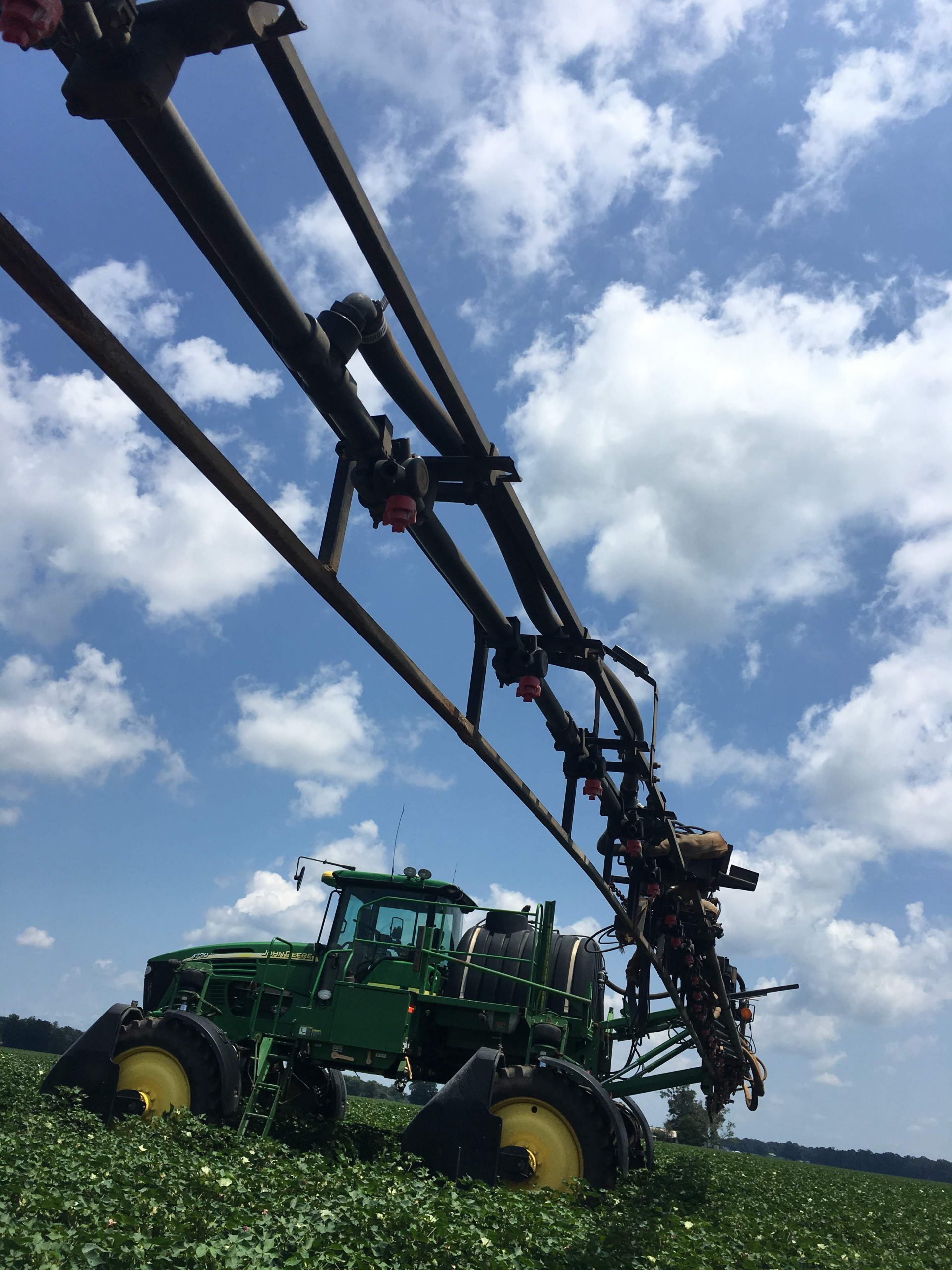Crop protection chemicals are vitally important to the agriculture industry and need to be protected. The “war on chemicals” is a true threat to the pesticides we rely on. That threat is challenging to manage except by advocating and telling the story of stewardship and how important crop protection products are to our industry. A threat that we have more power to combat is resistance. Getting a new pesticide to the market is both costly and time-consuming. We need to protect the efficacy of the pesticides we have through resistance management.
The objective of pesticide resistance management is to prevent (or at least limit) the development of resistant pest populations, thereby preserving the efficacy of our existing pesticides. The first strategy we need to employ to combat pesticide resistance is the implementation of Integrated Pest Management (IPM).
Integrated Pest Management uses a combination of physical, cultural, biological and chemical control measures to keep pest populations at an acceptable level. The first steps in IPM is to scout for pests and properly identify them. Next, we must decide, for each pest, at what threshold action should be taken. Most often in agriculture we use economic thresholds – when the value of the yield saved is greater than the cost of the control measure(s). Once we decide that action is needed, we use a multi-tactic approach for controlling the pests. This means using physical, cultural and biological along with chemical controls. Our goal in using IPM is to control pests effectively and economically while always being environmentally conscience.
Pesticides are classified by their mode of action (MOA). MOA is how the product kills the target pest – by what mode is the action accomplished. It has been widely taught and observed by farmers that using the same pesticide to kill the same pest repeatedly over time can lead to a lack of efficacy, due to an increased percentage of the target population being resistant to the product. The same is true when we use pesticides with the same MOA repeatedly. Instead of just rotating pesticides without regard to MOA, we need to rotate between MOAs if possible.
To protect our crop protectants from resistance, we need to scout and identify pests, set action thresholds, and use all control measures that are economically viable. When we use chemical controls, we need to rotate between MOAs that are effective against the targeted pest. Our industry relies on safe and effective pesticides in order for us to continue to produce the food and fiber the world depends on. We all need to do our part to protect our pesticides.
For more information on IPM, vist the IPM Florida webpage.
- Field Days are for Education– Recap of the WFREC 2025 Corn & Soybean Field Day - July 25, 2025
- Spray Drone Regulations - July 16, 2024
- 2023 WFREC Crop Variety Trial Results - February 2, 2024

